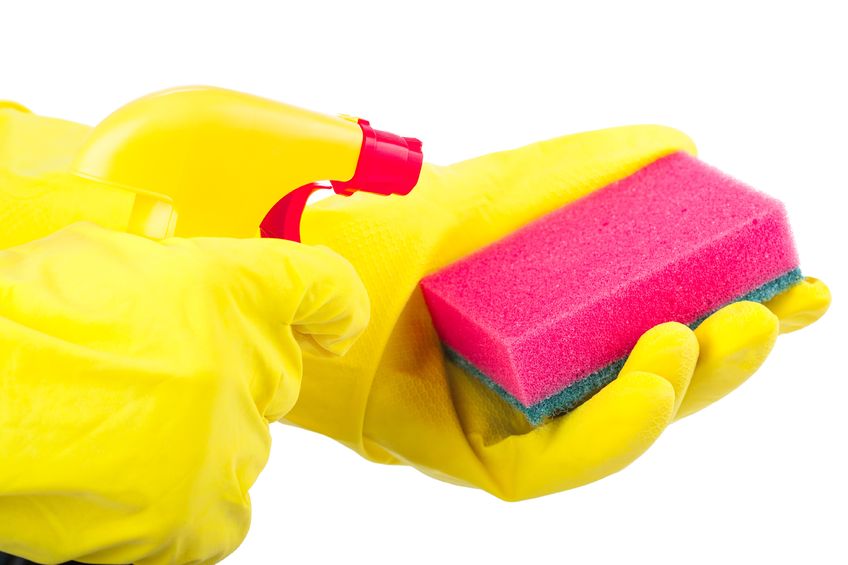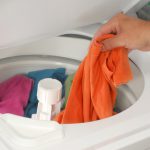The minute someone sneezes in a home, other family members seem to flee, but it can be difficult to completely avoid sickness when living under the same roof. Although most people catch a cold or the flu right where they live, there are several tips to disinfecting your home to avoid spreading bacteria and limit your chances of getting sick.
Disinfect the Most Commonly Touched Surfaces
Instead of scrubbing your bathtub or washing the windows, perform a thorough and effective cleaning that targets your most used areas. Use disinfecting products that kill germs, including bleach, rubbing alcohol, and hydrogen peroxide. Clean all commonly used surfaces like the remote control, light switches, door handles, and the family computer. It’s crucial to use disinfectants instead of basic cleaners, as cleaners simply remove dirt instead of killing any bacteria.
Wash Different Linens
Blankets that are used in the living room or hand towels that hang in the bathroom are crawling with germs and can easily cause family members to spread an illness. Flu or cold viruses can even thrive in linens for up to three hours, making it important to do a few loads each day. Wash linens daily if one or more individuals in the home is feeling under the weather, and use hot water during the wash cycle. Throw in used blankets, couch pillows, comforters, stuffed animals, and sheets.
Sanitize Sponges and Brushes
Sponges, brushes and toothbrushes are all magnets for bacteria and should be washed while an illness is currently circulating in the home. Sponges can be placed in the microwave for 30 seconds to kill bacteria, and should be replaced every two weeks. Both sponges and brushes can be placed in the dishwasher for a thorough cleaning, while toothbrushes can soak in apple cider vinegar overnight.
Line Trash Baskets with Bags
One of the most common areas where germs thrive is in dirty trash cans where dozens of items pass through each week. Prevent germs from spreading by placing plastic bags in trash cans in each wastebasket throughout the home. This will make it easy to toss out used tissues and medicine packets that can contain viruses. Both the inside and outside of wastebaskets can also be cleaned with disinfectant wipes to ensure that all bacteria is eliminated.
Use an Air Purifier
One of the main points of contact with germs in the home is through the air, which can seem impossible to clean. Instead, open windows throughout your home to release viruses that may spread. A whole home air purifier will also work to reduce allergens and airborne bacteria for an easy and convenient way of preventing illness. Respiratory illnesses will certainly be alleviated and harmful particles will be extinguished after someone sneezes or coughs in the household.
Post Author: andyc.




